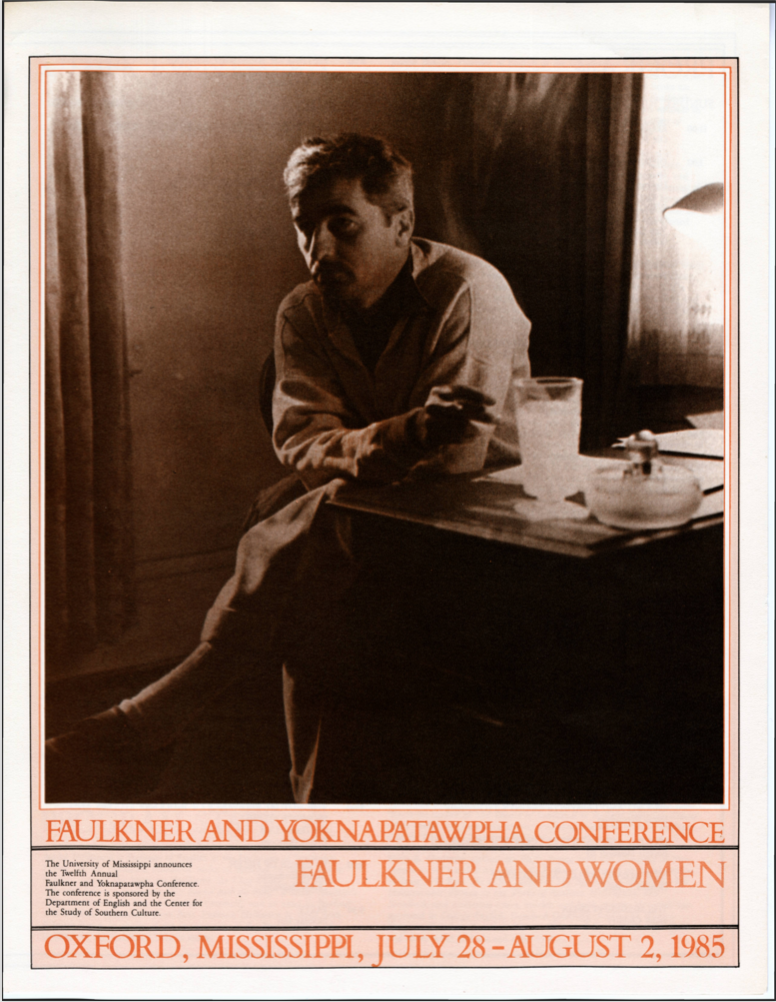
Desire and Despair: Temple Drake's Self-Victimization
Location
Ole Miss Union Ballroom
Start Date
1-8-1985 1:30 PM
Description
Temple Drake’s story has provoked the indignation of Sanctuary’s readers since its 1931 publication. From the opening scenes of her girlish coquetry, through her night of terror at the Old Frenchman Place, her rape, and her apparently willing collusion with evil at Miss Reba’s and at Lee Goodwin’s trial, readers respond to Temple with a complex mixture of arousal, sympathy, horror, and, finally, disgust. By the end of the novel she appears no longer victim but rather, in the words of one critic, a "representative of a spiritually impotent society.” But in Sanctuary Faulkner is less interested in evil as a static reality than he is in how evil comes about. Paul Ricoeur’s study, The Symbolism of Evil, in part a survey of the representation of evil in Western literature, offers a model by which we can understand Faulkner's portrayal of Temple Drake's movement from victim to victimizer. The Temple Drake who gives perjured testimony at Goodwin’s trial and who gazes vainly into her compact mirror at the novel’s end is present in the young flirt who taunts the watching town boys at the college dance. She develops in a manner psychologically consistent with the pattern of defilement, sin, guilt, and despair — the pattern of Faulkner’s vision of the generation of evil.
Relational Format
Conference Proceeding
Recommended Citation
Moore, Robert R., "Desire and Despair: Temple Drake's Self-Victimization" (1985). Faulkner and Yoknapatawpha Conference. 22.
https://egrove.olemiss.edu/fy/1985/schedule/22
Desire and Despair: Temple Drake's Self-Victimization
Ole Miss Union Ballroom
Temple Drake’s story has provoked the indignation of Sanctuary’s readers since its 1931 publication. From the opening scenes of her girlish coquetry, through her night of terror at the Old Frenchman Place, her rape, and her apparently willing collusion with evil at Miss Reba’s and at Lee Goodwin’s trial, readers respond to Temple with a complex mixture of arousal, sympathy, horror, and, finally, disgust. By the end of the novel she appears no longer victim but rather, in the words of one critic, a "representative of a spiritually impotent society.” But in Sanctuary Faulkner is less interested in evil as a static reality than he is in how evil comes about. Paul Ricoeur’s study, The Symbolism of Evil, in part a survey of the representation of evil in Western literature, offers a model by which we can understand Faulkner's portrayal of Temple Drake's movement from victim to victimizer. The Temple Drake who gives perjured testimony at Goodwin’s trial and who gazes vainly into her compact mirror at the novel’s end is present in the young flirt who taunts the watching town boys at the college dance. She develops in a manner psychologically consistent with the pattern of defilement, sin, guilt, and despair — the pattern of Faulkner’s vision of the generation of evil.

